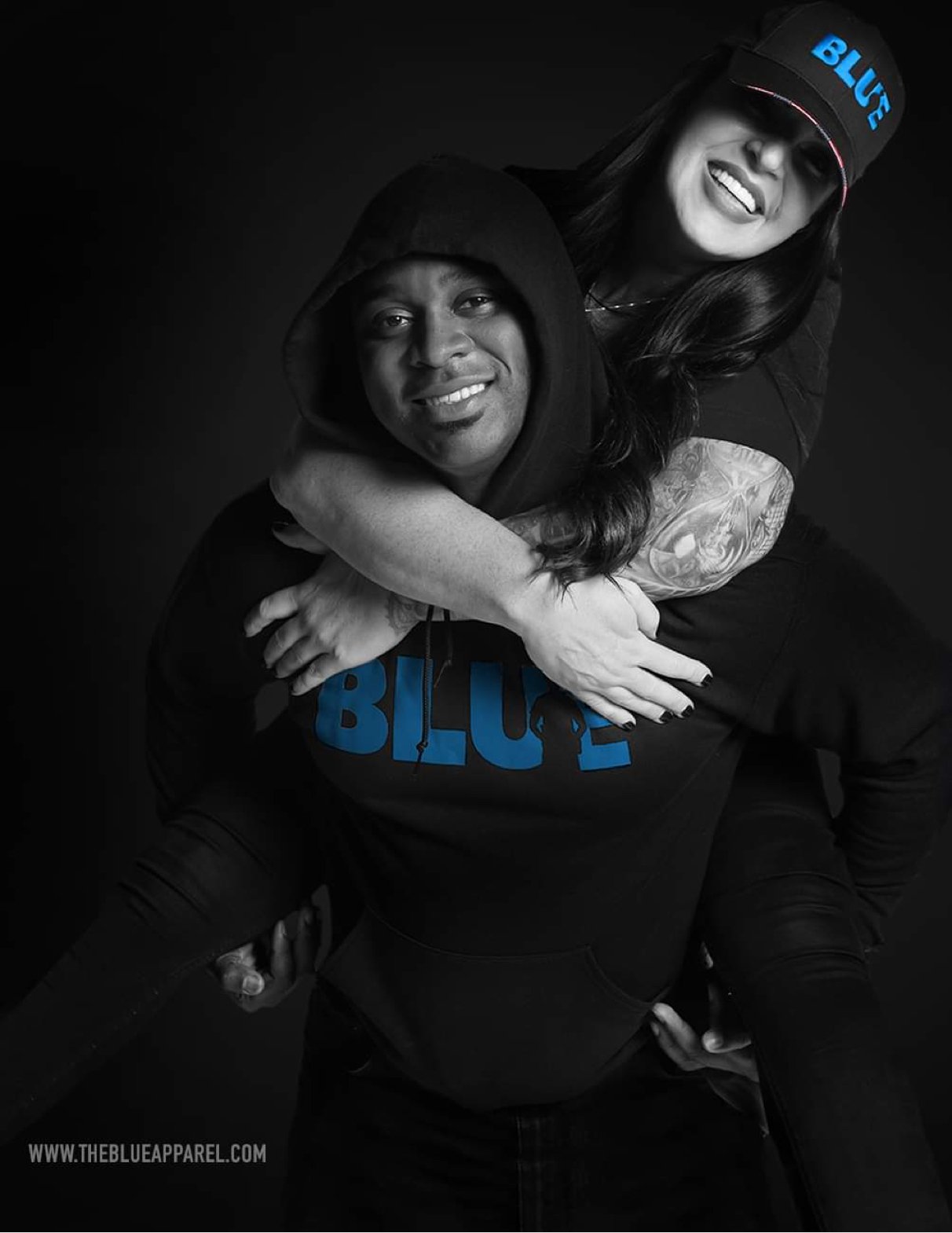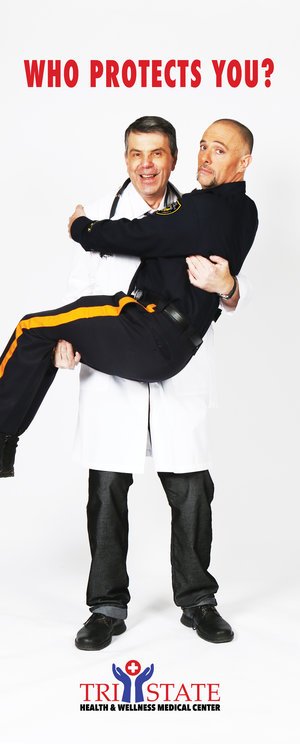Vantage Point - SCOOP & RUN By Joel E. Gordon
/I am still reminded on any given day of dampness the time that I fell through the floor of a vacant partially gutted home in West Baltimore. I was on a call looking for heroin addicts trespassing and shooting up. Realizing that my knee wasn’t right upon landing in the dwelling’s basement I immediately got on the radio to report that no trespassers were found and to also report my injury. My mentor (and often my guardian angel in my rookie policing days) Officer Dwight Thomas, radioed that I should stay immobilized. He was quickly on-scene cancelling any EMS and taking me to the closest hospital in his patrol car after securing the vehicle I had been operating.
In 1980s Baltimore, we really had no formal policy on whether or when police should transport an injured person directly to a hospital or wait for EMS personnel for ambulance transport. In critiquing our performance in the line of duty shooting resulting in the homicide of another mentor of mine, Officer Ronald Tracey, it was noted that supervisors made the correct call when instructing officers on-scene to transport the wounded officer by police vehicle and to not wait for EMS. Regrettably, in this case it was to no avail due to the severity of the injury.
The practice of police medical transport in places such as Philadelphia is known as “scoop and run” or “scoop and go.” In a recent 12-month period, Philadelphia police drove 408 gunshot victims to trauma centers, according to the Pennsylvania Trauma Systems Foundation, the state’s accrediting agency for trauma centers. In cases of profuse blood loss, there have been documented cases where this practice has proven to be a life saver.
Several other police departments have policies permitting their officers to conduct transports including Cleveland, Chicago, and Detroit, but none reported transporting victims on a regular basis. Police departments have cited other reasons for not regularly practicing scoop and run, arguing that EMS units are better trained to handle severely injured patients. The New Orleans Police Department says its first priority is to secure the scene; hard to do if they’re speeding to the hospital. Instead of being tended to by trained EMS and paramedics with a range of medical supplies and equipment, patients are quickly loaded into the back of a police car, where they may not even receive direct pressure to their wounds, not to mention a buckled seat belt. Then, despite Good Samaritan laws, there is the risk of accusations of wrongdoing which could result in civil lawsuits or even criminal culpability in this day and age of police vilification.
Studies on the issue, though, have led some clinicians to interpret findings to mean police transport is safe for patients, and in some cases advantageous. One study included a subset of people severely injured by gunshots. Compared to those transported by EMS, patients transported by police had higher rates of surviving their wounds. According to some trauma doctors, the lack of medical intervention that victims receive during the typical scoop and run is part of what makes the practice beneficial. Advanced procedures like breathing tubes and IV fluids, while helpful for certain kinds of patients, may actually do more harm than good for shooting and stabbing victims in urban areas.
“I’d love to debunk the myth that you need a person on the scene who has all this advanced medical training and that is going to make the difference for this specific kind of injury,” Elliott Haut, a Johns Hopkins trauma surgeon, has been quoted as saying. For a presentation he gives at conferences, he shows an image that asks, “What’s the best fluid to give victims of penetrating trauma?” Then he clicks to the next image, which reads “…fuel.” “Yes, you’re going to get less medical care on the street and in the back of the car, but I’m OK with that because the shorter time is going to make a difference.”
Perhaps a Cleveland Police directive which gives officers the option to transport a victim after assessing “the totality of the circumstances” to include nature of injury, location of incident in proximity to a hospital and proximity of EMS is the right approach to the scoop and run question.
If the goal is to save a life based upon the best information that an officer has available at any given time, it would seem that officer discretion would be the most logical universal answer to victim care.
While not always ending in the desired result of saving life, as long as we act in good faith while doing our best to provide optimal service to our communities, can we really go wrong?
Joel E. Gordon is a former Field Training Officer with the Baltimore City Police Department and is a past Chief of Police for the city of Kingwood, West Virginia. He has also served as vice-chair of a regional narcotics task force. An award winning journalist, he is author of the book Still Seeking Justice: One Officer’s Story and founded the Facebook group Police Authors Seeking Justice. Look him up at stillseekingjustice.com









